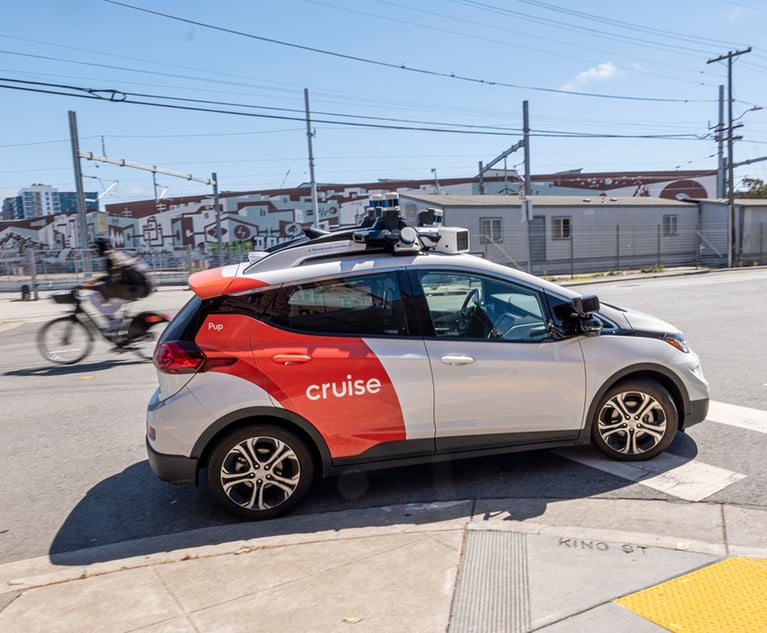For the last half century, autonomous vehicles have been more in the realm of science fiction than reality. However, technological advancements in self-driving vehicles are slowly transforming this fiction into reality. With safety features like lane control and emergency braking quickly becoming part of our daily lives, state governments must prepare for the inevitable shift from nonautomated to fully automated vehicles. See John Gardella, “Changing Gears: Shifting Autonomous Vehicle Liability,” Claims 23, 23-25 (May 2019) (Gardella).
In July 2019, Tesla announced that it planned to roll out an “over-the-air” software update converting hundreds of thousands of its vehicles into largely autonomous vehicles by the end of the year, prompting concerns of preparedness among policymakers, see Faiz Siddiqui, “Tesla floats fully self-driving cars as soon as this year. Many are worried about what that will unleash,” The Washington Post (July 17, 2019). With fully automated cars projected to reach consumers by 2030, states must anticipate these changes now, and how they will impact citizens and infrastructure going forward.


 Mark Raffman, Goodwin Procter partner (Photo: Courtesy photo)
Mark Raffman, Goodwin Procter partner (Photo: Courtesy photo)




